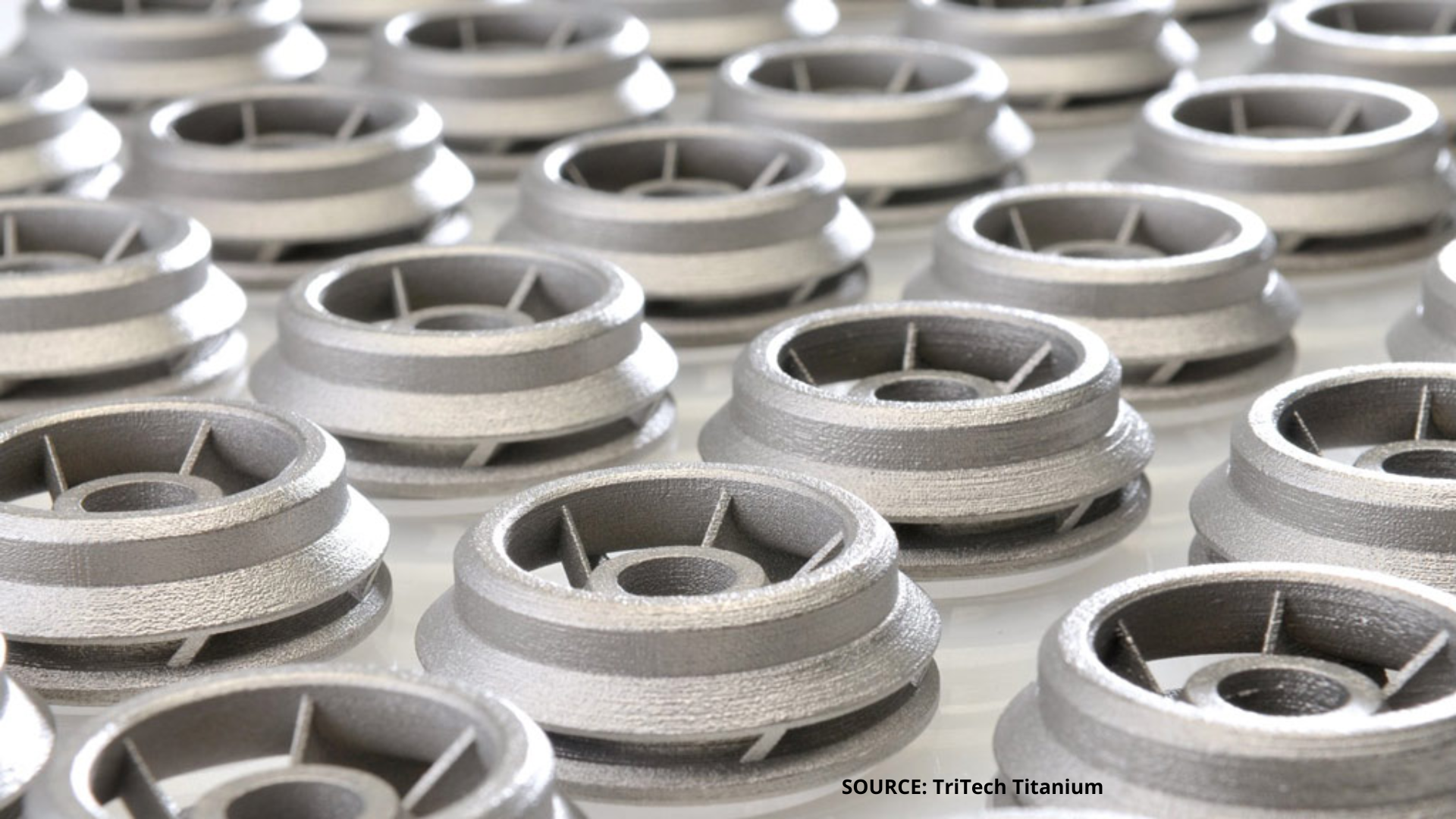
DETROIT, Aug. 10, 2022 — TriTech Titanium Parts was launched on April 5, 2022. According to its President, Bob Swenson, TriTech is a spin-off of his former company, AmeriTi Manufacturing, which was sold to Kymera International also on April 5, 2022. AmeriTi is a successful business that has operated since 1984, focusing on titanium products from recycled material.
Organized in response to market needs, TriTech produces net shape titanium parts using the most appropriate technology for the part and the customer. TriTech’s unique array of three production technologies includes 3D binder jet printing, metal injection molding and investment casting. The 3D printing is the latest addition, and the binder jet process is a unique cutting-edge manufacturing process for producing complex titanium parts.
“There is no one-technology-fits-all when manufacturing titanium precision parts to produce the best performance characteristics,” said Swenson. “We’ve proven that different technologies provide different results and therefore we have assembled a one-stop production resource offering the best option to many industries from automotive and industrial to medical and aerospace. We match the design to the best manufacturing process to make a superior part.”
TriTech’s broad manufacturing solutions can be used for both small batch and large volume requirements for titanium parts production, as well as rapid prototyping, to expedite product development and component testing as well as design and production decisions. “We can go quickly from prototype to production to meet tight launch schedules and first-to-market product requirements,” said Swenson.
With a fully domestic supply chain, TriTech is a single-sourced manufacturing solution under one roof with its engineering and production facility located in Detroit, Michigan.
TriTech’s processes for producing titanium parts are highly specialized and have been developed internally to consistently achieve best practices for quality, performance and delivery.
“At TriTech, we collaborate directly with the customer, preferably starting with the design phase, so we can help our customers design a part for manufacturability that also fits their requirements,” said Swenson. “Every part we make is custom-made.”


